Men’s Clothing
Women’s Clothing
Children's Clothing
Sic Itur Ad Astra: Thus One Journeys to the Stars
by Abbie Samson 9 min read 1 Comment

Since the dawn of written record and philosophy, mankind has been looking up into the sky. From tales of Icarus who flew too close to the sun to Leonardo DaVinci who designed flying machines in hopes of leaving the ground, people have always wondered what secrets lay above us. In seeking a new vantagepoint, scientists and physicists alike searched for the answer for hundreds of years. Today we have several methods that allow us to take flight. However, it all began with one success that grew exponentially. While today's flight is about speed and efficiency, none of it would have been possible if not for the first step, the hot air balloon.
The Montgolfier Brothers


Right: Jacques Etienne Montgolfier Left: Joseph Montgolfier
While the thought of freely traveling through the air had wildly filled the heads of every member of humankind, dating all the way back to the dawn of our existence, the great epiphany of exactly how to do it first came to the mind of brothers, Joseph and Jacques-Etienne Montgolfier. The Montgolfier brothers were two of 16 children and worked in their father's successful paper factory in southern France. They observed while making a fire one afternoon that some of the lighter material that was put above the fire was lifted upwards. Upon further inspection, they concluded that the smoke from the fire must be the reason that the objects were being lifted into the air and deduced that the thicker the smoke, the heavier the objects they could lift.
To test this theory, Joseph made a small, lightweight wood box type construction with a silk taffeta cover, roughly a 1x1x1m contraption. When the brothers lit a small fire, they were quickly successful in making it float. The next obvious step for the pair was to scale up their design. They created a balloon three times the size of their previous model. On December 14th, 1782, the Montgolfiers were quickly successful in launching the much more giant balloon. That is the limit of the success for this second machine, though it flew just over a mile, they lost control, and after it crashed to the ground, it was destroyed by frightened villagers. While comical today, putting oneself in a mindset where the flight was relegated to creatures with the God-given talent, it is the equivalent of a U.F.O. crashing down in a backyard.

Montfolgiers' original plans for the first globe.
They collected the hot smoke in their specially designed balloons during public demonstrations. The first of these spectacles was conducted at their local marketplace in Annonay on June 4th, 1783. The balloon rose to about 3,000 feet and stayed aloft for nearly 10 minutes before returning to earth over a mile and a half from where the Montgolfier brothers released it. The Montgolfier's threw everything that they could find into the fire to try and make the thickest smoke possible. The brothers' main problem was that they did not understand the chemistry behind what was causing this lifting action to become a reality. They would eventually learn that it was, in fact, due to the air heating up and building up inside the balloon that was causing it to lift upwards, not the smoke from the fire.

It was September 19th, 1783, the skies were clear in Versailles, and the wind was calm; a perfect day to fly. Their newest balloon was made out of cloth, lined with paper, coated with alum as fireproofing, and its several segments were held together by about 2,000 buttons. Jocque- Etienne had gone ahead of his brother and secured the help of wallpaper manufacturer Jean-Baptiste Reveillon in the production of this balloon. The brothers were cautious enough not to take that first ride up in the hot air balloon but instead gave the opportunity to three small farm animals. A duck, a rooster, and a sheep were selected to ride in a hot air balloon. The balloon launched off of the lawn of Versailles in front of King Louis XVI and Queen Marie Antoinette. The flight was successful. The three farm friends floated for nearly 8 minutes and traveled roughly 2 miles before making their safe landing. It was the next big step for humanity, one that would lead to a greater need to explore the airways. King Louis XVI understood this and gave the brothers the backing of the crown to continue on with their experimental montgolfieres, as they were dubbed secularly. The brothers preferred the more technical term "globe aerostatique."
The Montgolfier's were nowhere near done yet. Soon, word of their invention had reached far and wide, and before they knew it, they were being reached out to by scientists and influential people, all wanting to be involved in this new era of travel.
One such scientist was Frenchman Jean-François Pilâtre de Rozier. Rozier became friends with the brothers and helped them refine their invention and understanding of how the balloon would work. On November 21st, 1783, the French scientist became the first brave explorer to take the untethered hot air balloon ride with Francois Laurent, the Marquis d'Arlands, despite King Louis suggesting the use of condemned criminals, just in case. Taking off from Château de la Muette, the pair was airborne over Paris for 25 minutes and traveled over 5.5 miles before landing on the Butte-aux-Cailles. They had the fuel to go further, but the balloon began to burn, and they smothered the flame when they were safely over open countryside.
The American ambassador to France, Benjamin Franklin, was in attendance as a spectator at the November 21st flight. He documented the following in his journal:
We observed it lift off in the most majestic manner. When it reached around 250 feet [76 m] in altitude, the intrepid voyagers lowered their hats to salute the spectators. We could not help feeling a certain mixture of awe and admiration.
On January 19th, 1784, it was the brothers' turn to ascend with Rozier and four other passengers. The seven passengers went as high as three thousand feet. The Montgolfiers attributed this success to a new gas they believed they had discovered and dubbed, Montgolfier Gas. Their theory proposed that Montgolfier Gas was lighter than air. The reality of the discovery was they had found that heated air was lighter than the smoke they had previously attributed with the flight. This voyage resulted in a much larger adventure over the city of Paris. They were traveling a total of sixteen kilometers at three-thousand feet for twenty-five minutes. They kept the air hot in the balloon by continuously adding straw to the fire to travel as great of a distance as possible.
About two years later, on June 5th 1785, Rozier took this inventing even further and, in doing so, became the first victim of human flight. Rozier had a plan to add hydrogen into the balloon to increase the duration and distance of the flight. Rozier's plan was to sail his balloon across the English channel. He filled his aircraft with a combination of hot air and hydrogen in hopes of retaining the balloon in the air for the distance needed to reach the other shore. Rozier's balloon exploded in mid-air a mere thirty minutes after the voyage began. As well as being a significant loss for the French people, it was an event that would foreshadow future events using hydrogen as a lifting agent.
The Montgolfier's would go on to much success, however. In the next few years, their hot air balloon was the pride and joy of France, with the pair flying for more than one hundred thousand people in the city of Lyon. They decorated the aircraft in honor of their King, and the crowds looked on from below for the complete duration of the flight, which was one hour and forty minutes. The French Academie des Sciences honored the brothers for not only their strides in aeronautics but also numerous other scientific achievements like Jacques-Etienne's process for manufacturing vellum.

Jean-Pierre Blanchard
Jean-Pierre Blanchard, born July 4th, 1753, in Les Andelys, France, was the first person to bring the "globe aerostatique" to America. Prior to his flight demonstration in the newly formed country, Blanchard had a history of successful flights and advancements. His first successful balloon flight was a hydrogen gas balloon that launched from the Champ de Mars in France on March 2nd 1784. This first flight nearly turned disastrous when the mooring ropes for Blanchard's balloon were slashed. Upon being refused a spot on the vessel, Dupont de Chambon slashed the ropes and oars. Blanchard had intended to row northeast to la Villette using a propulsion mechanism of wooden paddle-like wings. Instead, the wind carried the balloon across the Seine to Billancourt and back, and the paddles proved ineffective. After this incident, Blanchard adopted the Latin phrase "Sic itur ad astra," translated as "so we go to the stars," as a personal slogan.
On October 16th of that same year, Blanchard participated on a flight with John Sheldon, a reputed anatomist. Sheldon is speculated to be the first Englishman to ascend in a balloon. Sheldon's track record with the flight was very poor after his first attempt resulted in his balloon catching fire, as did his second. The artist Paul Sandby was in attendance at the second burning and took a moment to make a quick sketch. Sheldon hoped that, with Blanchard's help, he would be able to make a successful flight. Though it did not catch on fire, Blanchard and Sheldon had an altercation, which resulted in Sheldon being left at Sunbury-on-Thames and Blanchard continuing on the voyage alone.

Paul Sandby's sketch of Sheldon's burning balloon
On November 30th 1784, Jean-Pierre Blanchard participated in a flight with American Dr. John Jeffries from London to Kent. Dr. Jeffries was one of America's first weather observers and established himself in 1744 while still in Boston. For him, the balloon offered a perfect opportunity to observe the weather up close. He dropped a letter while suspended in the aircraft, making the first piece of airmail. Dr. Jeffries and Blanchard had a much more successful partnership than that of Mr. Sheldon, and in 1785 the pair successfully crossed the English Channel, becoming the first people to do so by air. The crossing took two and a half hours.
Blanchard toured around Europe, demonstrating aerostatic flight and becoming the first to fly a balloon in Germany, the Netherlands, Poland, and Belgium. Blanchard did not just stop with simple flight. Once Sebastien Lenormand invented the parachute in 1783, Blanchard began demonstrating it as a means of egress from a hot air balloon. However, he did not take the first leap. The first demonstrations were conducted with a dog, gently floating down to the earth. He demonstrated the parachute using his own person when his balloon ruptured in 1793. This personal experience led him to amend Lenormand's design to eliminate the wooden frame and base the entire construction on folded silk panels.
Flight in America
Blanchard brought his balloon to America on January 9th 1793. The Walnut Street Jail's prison yard in the U.S. capital of Philadelphia, Pennsylvania, acted as the launchpad. It was a cold, overcast morning as the launch was prepared. Luckily, the clouds broke prior to liftoff. Philadelphia made a full spectacle. Cannons were fired hourly, counting down to the takeoff. President George Washington attended the event along with fellow politicians and future presidents; Thomas Jefferson, John Adams, James Madison, and James Monroe. Blanchard did not speak English, so as a precaution, President Washington issued Blanchard a document explaining who he was and what he was doing, giving to anyone he might run into upon landing. While this step may seem unnecessary, when one recalls what happened to the Mongolfiers' early balloon, the need for a precaution is more substantiated. Upon the successful launch, when the considerable silence finally broke, Blanchard notes being able to hear the cries of joy for a significant amount of time.

While flying, Blanchard conducted three experiments. The first was for Benjamin Rush, who requested a log of his pulse when he achieved his highest altitude. The second was for a Dr. Glentworth, who asked him to test the magnet's capacity upon reaching max elevation. The magnet was able to lift a full ounce less. The third was for Caspar Wistar. At altitude, Blanchard drained six bottles filled with fluid. The goal was to seal the air in the bottles for later examination hermetically.
Blanchard ran into a thick fog and chose to descend in Delaware. He attempted a landing at two different locations. However, both were deemed unsuitable before a complete landing was made. On the third attempt, Blanchard landed the vessel in a clearing near Woodbury, New Jersey. He was able to land with minor damage to his gear, except the barometer, which did not survive. While assessing the damage, Blanchard was cautiously approached by several perplexed citizens. In his journals, he notes that the letter from Washington was presented and read aloud to the gathering group of spectators. Blanchard had successfully traveled 15 miles and with the help of the people who discovered him, he and his balloon were returned to Philadelphia by 7:00 p.m.
Blanchard returned to Europe several years later and married a fellow aeronaut, Marie Madeleine-Sophie Armant in 1804. On February 20th, 1808, while flying his balloon at the Hague in the Netherlands, Blanchard had a heart attack. This caused him to fall out of his balloon and he succumbed to injuries a year later. His widow, Sophie, continued to perform ballooning demonstrations and made 60 more successful ascents. She was also killed while ballooning when her balloon caught fire after launching fireworks at the Tivoli Gardens in Paris.
It is hard for us to comprehend what a flightless world, with quiet skies, might be like. Until the end of the 18th century, and well into the 19th century, that is all that people knew. The search for answers spurred by the Montgolfier brothers led to a path of trial and error that was blazed by many aeronauts following in their lead. The general public, once witnessing the spectacle, grew in their obsession. Hairstyles, wallpapers, fabric prints, and accessories all boasted the famous spheres. The "globe aerostatique" paved the way for others who felt in their souls, the motto Sic itur ad astra. So we go to the stars.


1 Response
Leave a comment
Subscribe
Sign up to get the latest on sales, new releases and more …
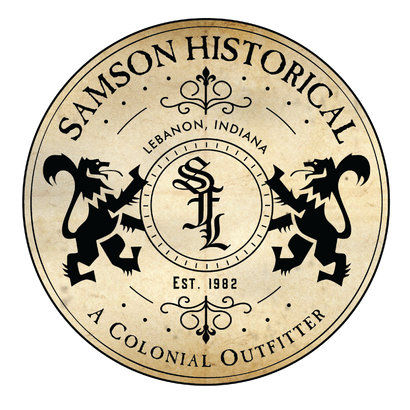

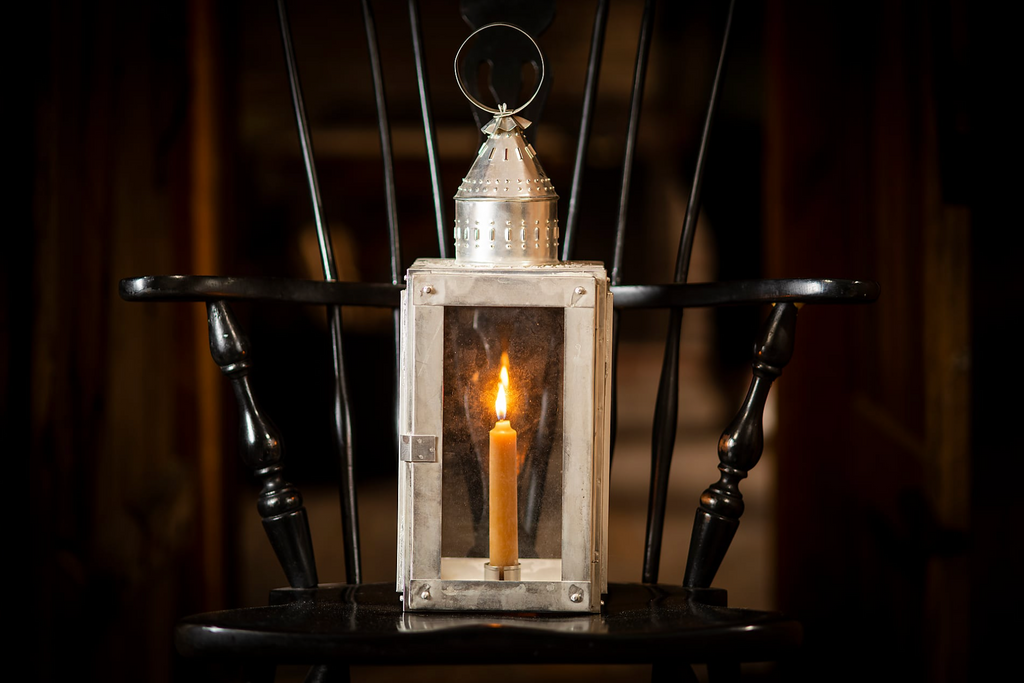
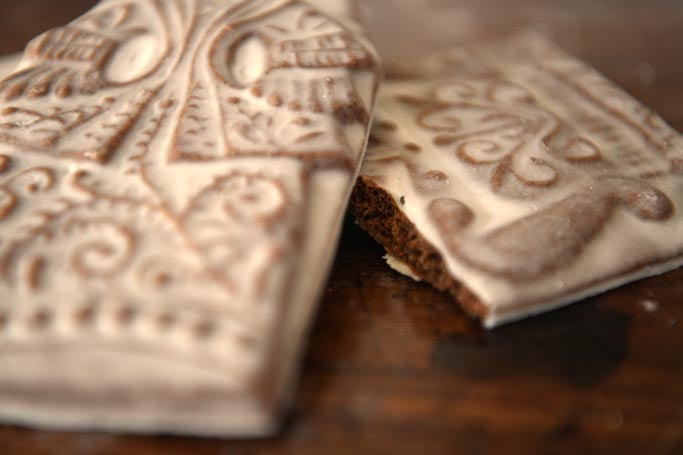
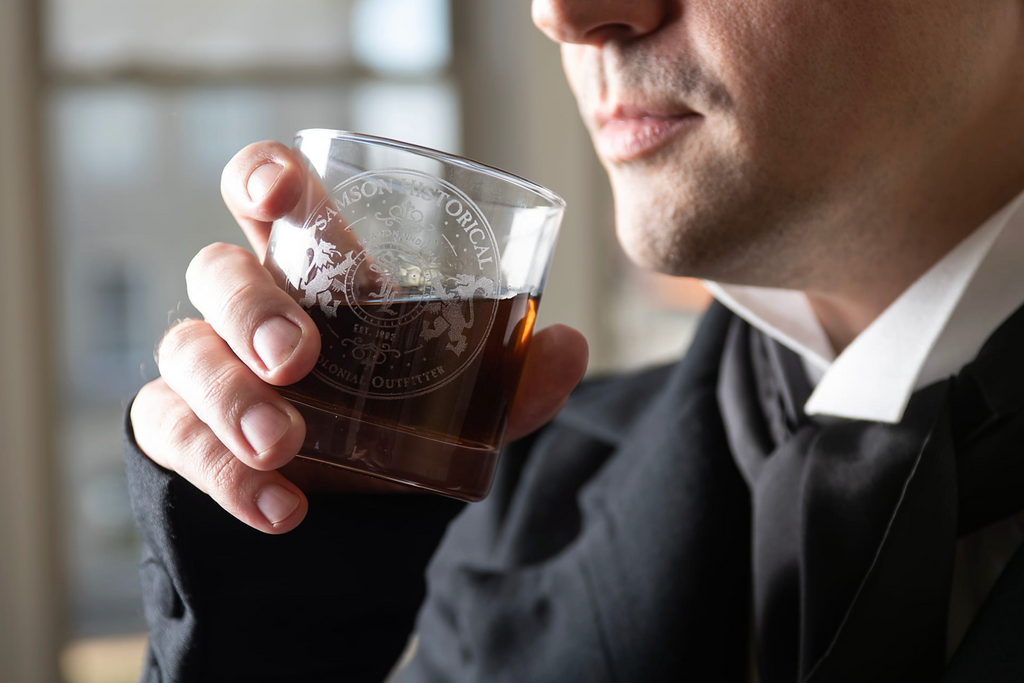
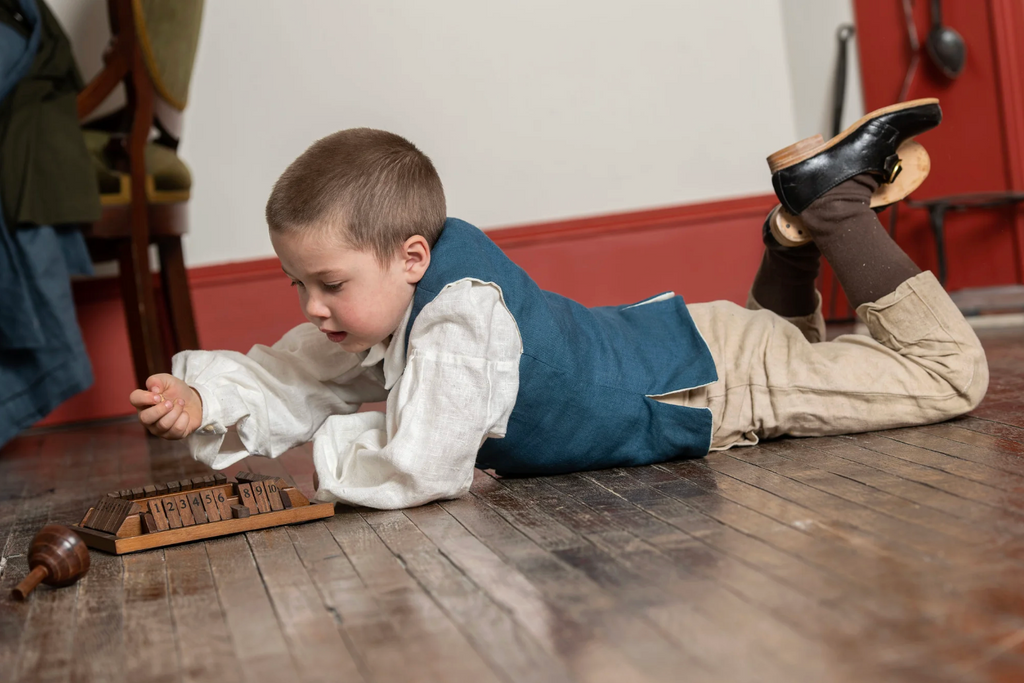
Wm. J. Kurzenberger
July 13, 2024
I enjoyed your article about the Montgolfiers and their fellow “Voyageurs Aerostatiques.” I happen to live near the alleged location of the New Jersey Blanchard landing site (an underappreciated and obscure location behind a local Walmart), and have visited it on two occasions. Thank you for “floating” this for your readers. I’m going to mention your article to some friends. They already think that I’m full of hot air.